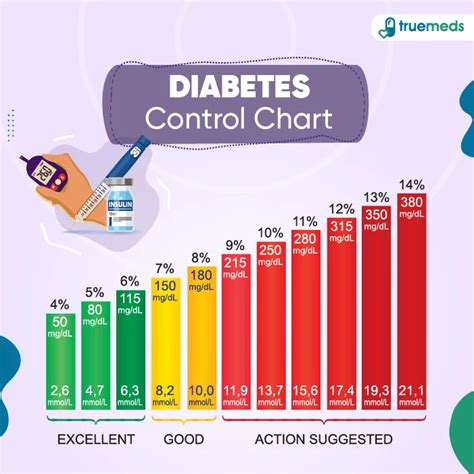The moment of truth has finally arrived, and you’re about to embark on the life-changing journey of giving birth. As you prepare to head to the hospital, you’re likely filled with a mix of emotions - excitement, nervousness, and anticipation. But what exactly happens when you arrive at the hospital in labor? Let’s break it down step by step, so you know what to expect and can feel more prepared for this significant event.
Initial Assessment (Triage)
Upon arrival, you’ll be greeted by a nurse or midwife who will escort you to the labor and delivery unit, often referred to as triage. This initial assessment is crucial in determining the stage of your labor and the best course of action. You’ll be asked a series of questions, including:
- When your contractions started
- How often they’re occurring
- The intensity of the contractions
- If your water has broken
- If you’ve experienced any bleeding or other symptoms
A healthcare provider will then perform a physical examination, which may include:
- Vital sign checks: Monitoring your blood pressure, heart rate, and temperature.
- Fetal heart rate monitoring: Listening to your baby’s heart rate to ensure it’s within a normal range.
- Abdominal examination: Feeling your abdomen to assess the size and position of your baby.
- Vaginal examination: A internal examination to check for dilation, effacement, and station of the baby’s head.
Admission and Preparation
If you’re in active labor, you’ll be admitted to the hospital and prepared for the birthing process. This preparation may involve:
- Changing into a hospital gown: To make you more comfortable and facilitate medical access.
- IV placement: Inserting an intravenous line to administer fluids and medications, if necessary.
- Fetal monitoring: Continuous monitoring of your baby’s heart rate to ensure its well-being.
- Labor support: Meeting your nurse or midwife, who will be your primary support person during labor.
Labor Progress and Interventions
Throughout your labor, your healthcare team will closely monitor your progress and your baby’s well-being. This may involve regular vaginal examinations to assess dilation and effacement, as well as intermittent fetal heart rate monitoring.
Depending on your labor progression and any complications that may arise, your healthcare provider may discuss the following interventions with you:
- Pain management options: Such as breathing techniques, massage, hydrotherapy, or pharmacological interventions like epidural anesthesia.
- Artificial rupture of membranes (AROM): If your water hasn’t broken naturally, your healthcare provider might suggest breaking your water to accelerate labor.
- Oxytocin augmentation: If labor is progressing slowly, oxytocin might be administered to stimulate contractions.
- Fetal scalp electrode: A small electrode placed on your baby’s scalp to provide more accurate fetal heart rate monitoring.
Pushing and Delivery
As you reach the pushing stage, your healthcare team will guide you through the process, offering support and encouragement. This phase can be physically demanding, but with the right mindset and support, you’ll be holding your baby in your arms soon.
- Positioning: You might be encouraged to try different positions, such as squatting, kneeling, or lying on your side, to help your baby move down the birth canal.
- Breathing and pushing techniques: Your healthcare provider will offer guidance on when to push and how to breathe effectively during contractions.
- Perineal support: Your healthcare provider may apply gentle pressure to your perineum to help prevent tearing.
After Birth
Once your baby is born, the healthcare team will:
- Clamp and cut the umbilical cord: Usually within the first minute after birth.
- Perform initial newborn assessments: Checking your baby’s weight, length, and overall health.
- Administer vitamin K and eye ointment: To prevent bleeding and eye infections.
- Encourage skin-to-skin contact: Placing your baby on your chest to promote bonding and regulate body temperature.
Postpartum Care
After delivery, you’ll be transferred to the postpartum unit, where you’ll receive care and support as you recover from childbirth. This care may include:
- Pain management: For discomfort or pain related to vaginal tearing, episiotomy, or cesarean section.
- Bleeding management: Monitoring and managing any postpartum bleeding.
- Breastfeeding support: Assistance with latching, positioning, and addressing any breastfeeding concerns.
- Emotional support: Guidance on coping with postpartum emotions and adjusting to your new role as a parent.
FAQ Section
What should I pack in my hospital bag for labor and delivery?
+Essentials include comfortable clothing, toiletries, snacks, phone and charger, insurance cards, and any personal items that might provide comfort during labor.
How long does labor typically last?
+For first-time mothers, labor can last anywhere from 12 to 24 hours. For subsequent births, labor often progresses more quickly, lasting around 6 to 12 hours.
What are the signs that I should go to the hospital during labor?
+Signs include regular contractions that are 5-1-1 (5 minutes apart, lasting 1 minute, for at least 1 hour), your water breaking, a bloody show, or if you feel the urge to push.
In conclusion, the journey to the hospital and through labor is a unique and transformative experience for each individual. Being informed about what to expect can reduce anxiety and make the process feel more manageable. Remember, your healthcare team is there to support and guide you every step of the way, ensuring the best possible outcome for you and your baby.



